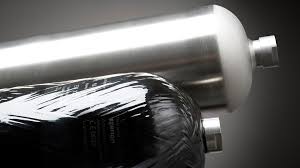
When to Seek Out a Composite Cylinder Repair Service
Is your composite cylinder showing signs of wear? Discover when to seek a professional repair service in our comprehensive guide.
Gas cylinders are the unsung heroes of many industries, from manufacturing and welding to healthcare and research. Their ability to store and dispense gasses efficiently is a testament to their design and utility. Yet, with their invaluable role comes the undeniable responsibility of ensuring their optimal condition—a task only possible through diligent inspection and maintenance.
The phrase “A well-maintained cylinder is a happy cylinder” captures more than just the essence of care; it underscores the critical importance of regular checks and the skills required to perform them. Cylinder inspection training isn’t just a formality—it’s a crucial protocol that ensures safety, boosts operational efficiency, and prolongs the lifespan of these indispensable tools.
Cylinders are manufactured through many processes. Steel cylinders may be molded from a large press and then heated for the domed/Crown area for the Valve. Aluminum comes from a slug, and using a press, creates a shell. The open area is then heated to form the domed/crown region for valve insertion. Composite cylinder begin with a shell of many shapes and sizes. They are then wrapped with Carbon Fiber or another approved wrap. Still others may be Spun or Billets for seamless gas cylinders.
Each of these cylinders requires a unique form of visual inspection. Steel cylinders are thinner and have corrosion issues if exposed to different environments. They need to be inspected internally, externally, the internal crown region and the threads. Aluminum is thicker, but subject to Galvanic corrosion along with other types of corrosion. They also need to be inspected internally and externally for signs of wear and tear. Composite cylinders, since their exterior is fibrous, need an extensive external visual inspection.
A properly trained technician will know what to look for in a specific cylinder.
Each cylinder is unique. And the Cylinder Technician needs to follow a process to ensure each cylinder is properly visually inspected. They need to understand what to look for externally and internally. They also need to have the tools to check under the crown region and closely inspect the threads for cracks or other anomalies that will prevent the valve from sealing properly.
Cylinder Training Services has developed a tool specifically designed for inspecting the threads and crown region of ALL cylinders. The cylinder Thread Viewer will fit in any cylinder and give the Cylinder Visual Inspector an unobstructed view of the threads and crown region. The interior needs to be well lit, so the Cylinder Visual Inspector can quickly and easily assess if any damage is occurring within the cylinder.
Finally, it is good practice to follow a standard inspection procedure. The technician should document that they inspected the interior of the cylinder, the exterior of the cylinder along with the crown and threads. And, The Cylinder Visual Inspector needs the basic knowledge to check the valve for proper operation. This can be recorded In our FREE CYLINDEX APP.
Cylinders are designed to operate for extended periods of time. They could last a VERY long time, except for damage, abuse and environmental factors. Visual technicians can assess any damage to a cylinder and avert any damage by applying basic cylinder protections. The protections can prevent both external and internal damage. Setting a cylinder off the ground, using the proper material for securing a specific cylinder or making certain no corrosive materials have been added to the cylinder. Checking the cylinder early and often can ensure a long life.
Without these inspections a cylinder may become corroded to the point they are no longer safe. A rupture of a high pressure cylinder can be catastrophic and cause damage to a building or injuries to an employee.
Cylinder Visual Inspections can identify many hazardous situations involving high pressure cylinders. As long as the Cylinder Visual Technician has been properly trained and knows what to do. They can locate corrosion in the metal and determine if the cylinder is safe for continued use. They will have the tool necessary to conduct the inspection and give an assessment of the damage.
The technician will know what to look for in each storage situation. Check for environmental factors, safe storage locations and proper labeling. A properly trained technician will not only check the cylinder and the storage environment, but they can also check the valve. Ensuring that the valve is not leaking, and working properly. If it is not, they can repair it or replace it.
If a facility trains its staff to safely work around compressed gas cylinders, identify preventive safety concerns and conduct regular visual inspections, the facility can help ensure that their cylinders last for their designed lifespans.
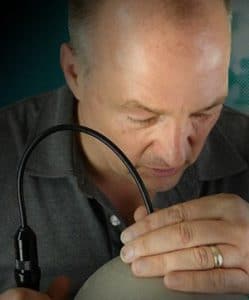
I enjoy continuing to build the business based on safety since 1999. CTS focuses on the inspection of high pressure cylinders, the maintaining of the valves and basic maintenance of high pressure compressor systems. CTS stays current in techniques and tools to train both the new and novice employee. We publish articles, update training tools and have created an APP to assist during the inspection process.
#cylinder #safety #hazmat #training #cylinderinspectiontraining #cylindex

Is your composite cylinder showing signs of wear? Discover when to seek a professional repair service in our comprehensive guide.
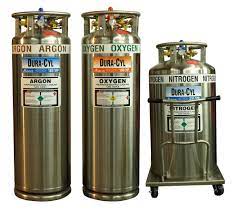
29 CFR 1910.101 intro Handling cryogenic cylinders involves working with extremely low-temperature gases that pose unique safety risks. To ensure the safe handling, storage, and transportation of these hazardous materials,
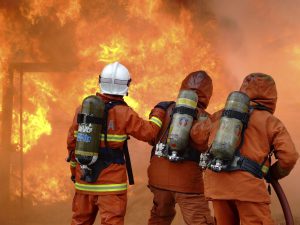
Introduction Firefighters encounter many risks while on duty, including hazardous materials and high pressure bottles. High pressure bottles are used for a variety of purposes in firefighting, including powering hydraulic
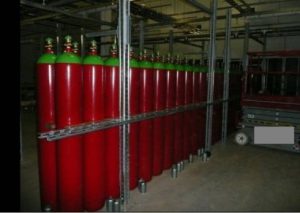
Learn about the lifespan of high-pressure cylinders and what causes corrosion in them. Explore methods for assessing their condition and ensuring safety.